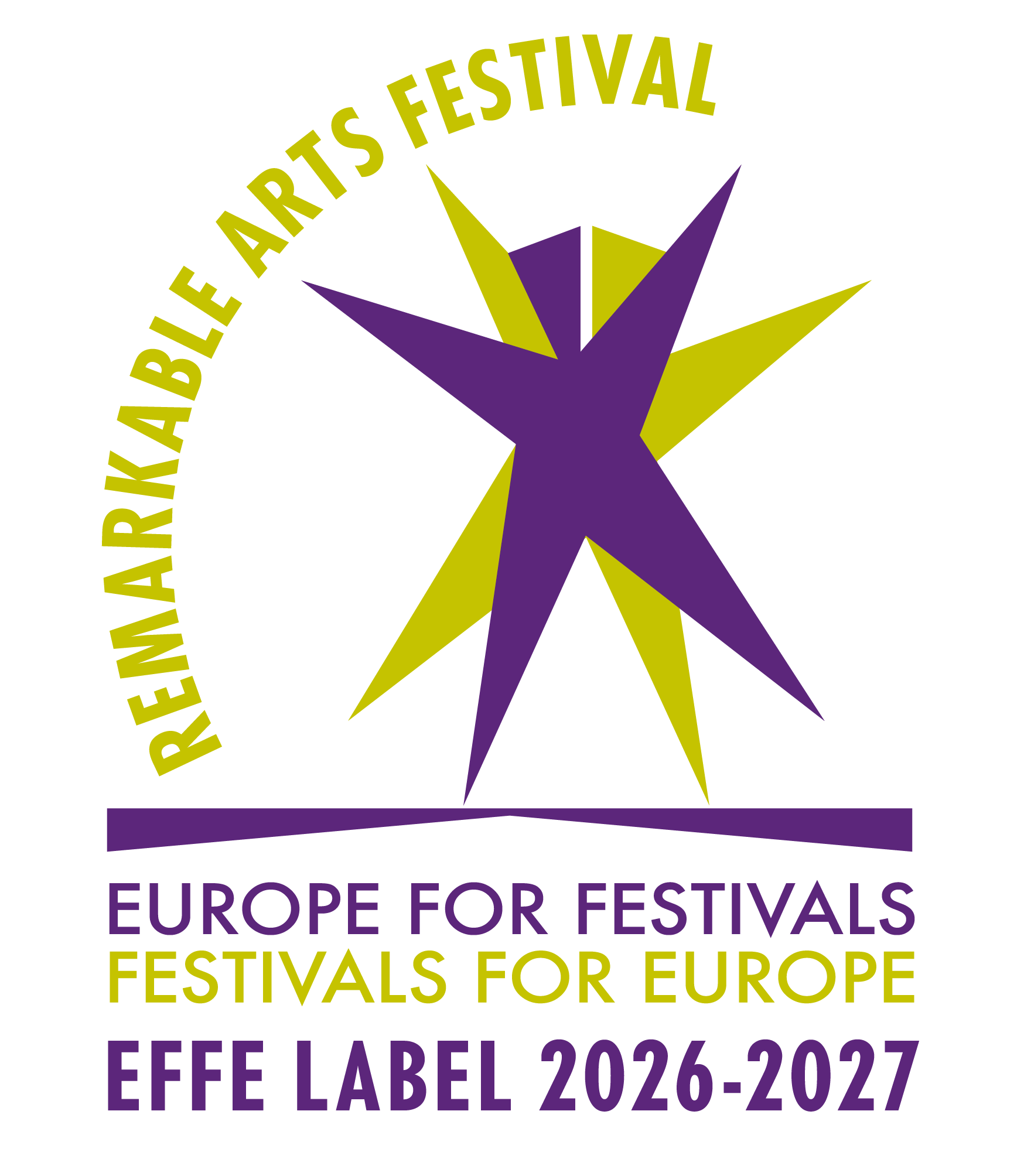COMPAGNIA XE / JULIE ANN ANZILOTTI
ERODIADE – FAME DI VENTO 1993/2017
June 18, 2018 - July 18, 2018 21:00
Teatro Alighieri of Ravenna | IT
within Ravenna Festival
The selection of the performance Erodiade – Fame di vento (Hérodiade – hungry for Wind) to be included within the project RIC.CI – Reconstruction Italian Contemporary Choreography Years ’80/’90 – dedicated to the memory of Italian contemporary dance and to our “choreutic tradition of the new”, originates from the expressive strength of the inspiration and the actual components which have made the staging possible. The performance was inspired by the uncompleted poem Hérodiade by Stéphane Mallarmé of which only three fragments and a series of notes are left.
The central figure is Hérodiade (or Salomè but Mallarmé prefers calling her by her mother’s name in order to differ from the modern Salomè and her stereotypes: the seven veils, etc.) seen in her immense solitude and grief; the myth of sensuality is not anymore the center around which events take place. Hérodiade wants and obtains everything in her seeking warmth, even the head of the Baptist who, through his martyrdom will show her the road to catharsis.
The set design created by famous contemporary visual artist Alighiero Boetti (prematurely deceased in 1994) is another distinctive sign of that period marked by very active joint projects, within theatre, among art creators of various disciplines, especially painters and visual artists. The red backdrop by Alighiero Boetti and the various parts of the scene create a space: a site for metamorphosis, ‘sacred’ space of geometric clarity and visual invention. This artistic set design carries a sign of great beauty and gives the whole performance the powerful tone, typical of many productions of those years.
The choreographic narration has a double value, both for the original musicality of Gabriella Bartolomei, voice-over, and the ravishing scores, the one by Paul Hindemith, above all.
Marinella Guatterini
The performance is based on Mallarmé’s unfinished Herodias, of which only poetic fragments and notes remain. Herodias, the main character, is more commonly known as Salomé, but Mallarmé prefers the mother’s name so as to establish distance from the modern stereotype of Salomé with her seven veils, etc.
Distressed by the immense sense of solitude and sadness about her, the myth of beauty is no longer the focal point for the events about her. She desires and obtains all things in her search for warmth, including the Baptist’s head, with, through his martyrdom, signals the way to her purification.
But she is tormented by restlessnes: Herodias is ever lonelier, ever more desperate in her search for the Absolute, of something that passes beyond. It is in this profound sort of interior state, whe she is projected toward extremes, aided by “benign spirits”, that something snaps within her, which permits her to nourish faith. She is finally able to see a figure that, although everpresent, had remained invisible – her Angel. A luminescent body whose light indicates possible courses to take and whose presence encourages those paths: a beeing who bears witness to mistery.
choreography: Julie Ann Anzilotti
music: Paul Hindemith, Wilhelm Killmayer, Walter Fӓhndrich, Wolfgang Rihm
scenery: Alighiero e Boetti
assistant scenery: Tiziana Draghi
costumes: Loretta Mugnai
dancers: Paola Bedoni (Nurse), Giulia Ciani (Angel), Liber Dorizzi (John the Baptist), Sara Ladu (Spirit of Good), Laura Massetti (Spirit of Evil), Sara Paternesi (Herodiàs)
original vocal patterns: Gabriella Bartolomei
musical advisor: Michele Porzio
artistic collaboration: Carla Chiti
light designer: Andrea Berselli
stagehand: Giovanni Macis
1993 première: Teatro Ponchielli in Cremona within “Progetto Neoclassico” by Marinella Guatterini
2017 reconstruction within the project RIC.CI – Reconstruction Italian Contemporary Choreography Anni ‘80/’90 designed and directed by Marinella Guatterini
with the support of Silvia Coggiola and Matteo Rinaldini, organization and communication
Alberto Calcinai: photographer
production: Compagnia Xe
in collaboration with Amat – Associazione Marchigiana Attività Teatrali / Teatro Pubblico Pugliese – Consorzio Regionale per le Arti e la Cultura / Fondazione Toscana Spettacolo Onlus / Fondazione Milano – Civica Scuola di Teatro Paolo Grassi
in co-production with Fondazione Fabbrica Europa per le arti contemporanee / Ravenna Festival / Fondazione Teatro Comunale di Ferrara “Claudio Abbado” / Torinodanza festival – Teatro Stabile di Torino Teatro Nazionale
thanks to Fondazione Alighiero e Boetti
[photo: Marco Caselli Nirmal, detail]



